The decade-long association was filled with a range of adventures and experiences: the most pivotal was with my students, who kept me on my toes with their queries, hopes and expectations. The first innings was marked by the supremely talented and energetic but innocent First Year B.Archs, with whom I relived the emotions of my college days. Teaching the basics was tiring at times, but their response and progress were satisfying. The special mention here is the Measured Drawing trips, which were one of the opportunities to learn to be a hard taskmaster. The History and Theory of Architecture classes too were received excitingly by the mid years. Thesis students made it special by delivering the best. I learnt a lot from you guys.
The second innings was oriented around the curious minds of MDes students to whom I often acted as a senior. We tried to turn many constraints into opportunities, and to my luck, often, things would fall in place. The students surprised me with the quality of their work, research and design. The opportunity to not just teach Visual Communication but establish it as a viable stream in an Architecture school was only realised by the body of the work of MDes students. I hope they enjoyed the co-learning, as much I did.
To the many students, I could not formally engage in courses, I attempted to interact wherever I could in the campus to learn more about their career interests and life plans and offer any gyan.
I was fortunate to work with most of my colleagues, faculty and staff at SPA Bhopal. Be it the Design studios, academic projects, organising groups, or any other administration committees, I tried to learn and communicate my views respectfully. Besides the usual/sweet/heated academic exchanges, the most memorable was organising the Convocations, where the whole institute worked in unison. I also recall the unique Learning by Making Integral Studio in 2015 laid a foundation for Design in SPA Bhopal. I am proud to have contributed my bit.
I was also fortunate to have the opportunity to co-initiate the Department of Design and build the curriculum from scratch with my Design colleagues. The pandemic disturbed our plans; however, the show continued. The feedback from the master's students and their work beyond the two-year programme has been very encouraging. The young department appears to be on a robust foundation now. It was only possible with the dedicated work of the students, faculty colleagues and all the visitors, juries and reviewers who constructively shared their experiences in Design at the Department.
As the first faculty member to move to the Bhauriland (SPA Bhopal campus at Bhauri) in June 2013, I am nostalgic to the core. I will miss all these small-little memories on campus: be it the skies of Bhauri, the student crowd at Nescafe (ex-TNT), the dogs of Bhauri, the student activities in random corners, the serene lake, the view from my balcony towards the cricket/football ground and bougainvillaea fence. I lived an ideal campus life, five minutes walk to the studio, lunch at home, and evening interactions with neighbours, colleagues and students. I will miss this campus for sure.
I am leaving SPA Bhopal physically. But the decade-long experience, learning and memories will be with me forever. I thank each one of you who made this chapter splendid.
Sincere Gratitude!
Fir milenge.
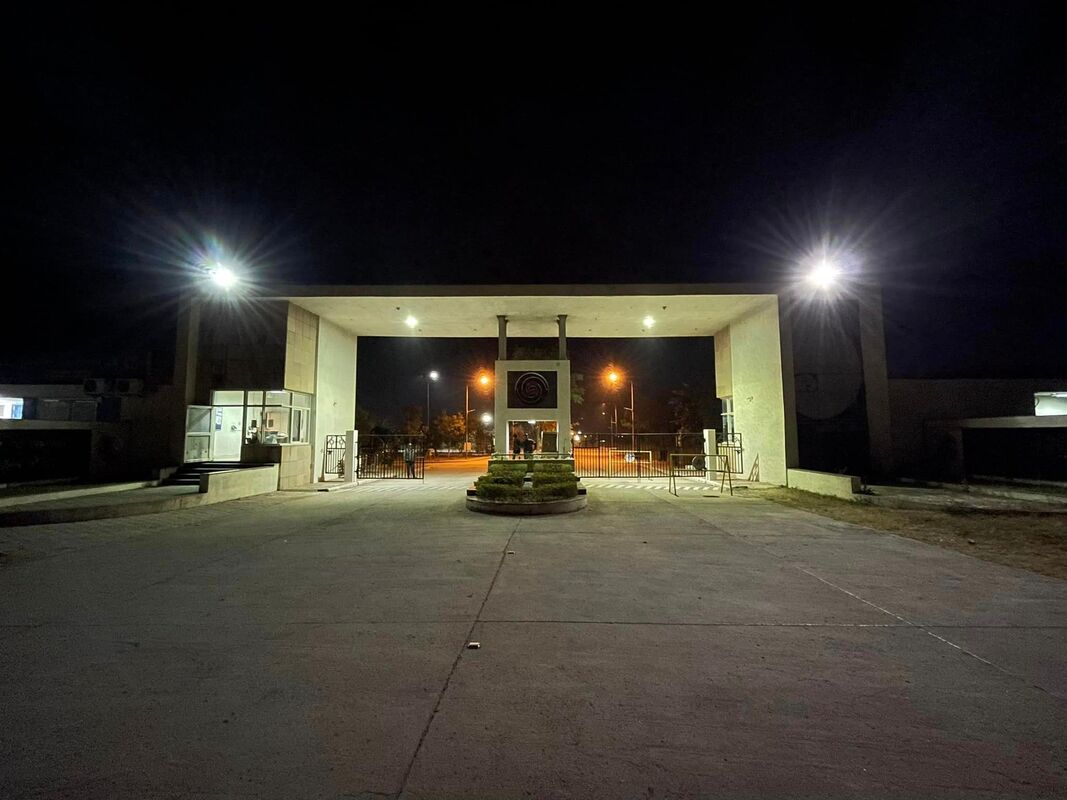
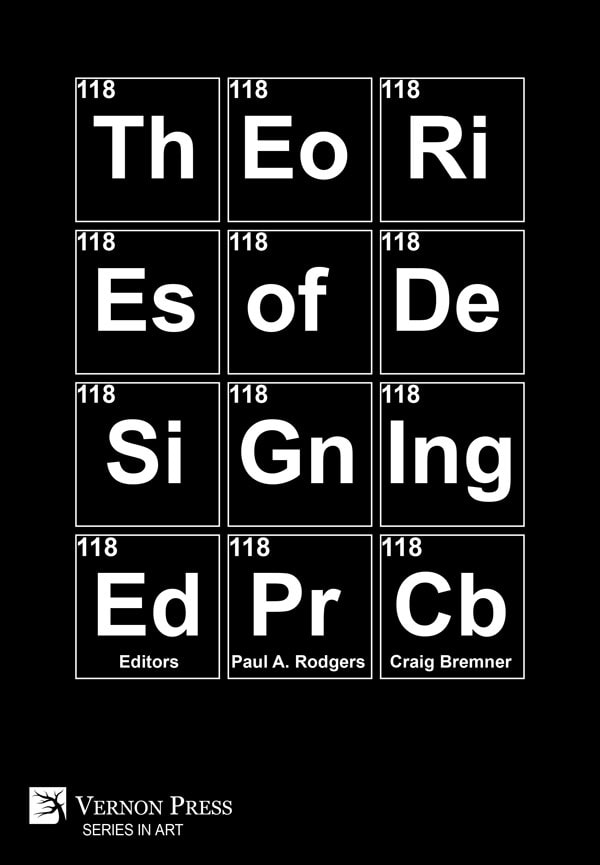
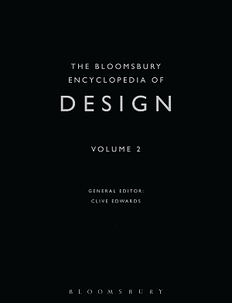
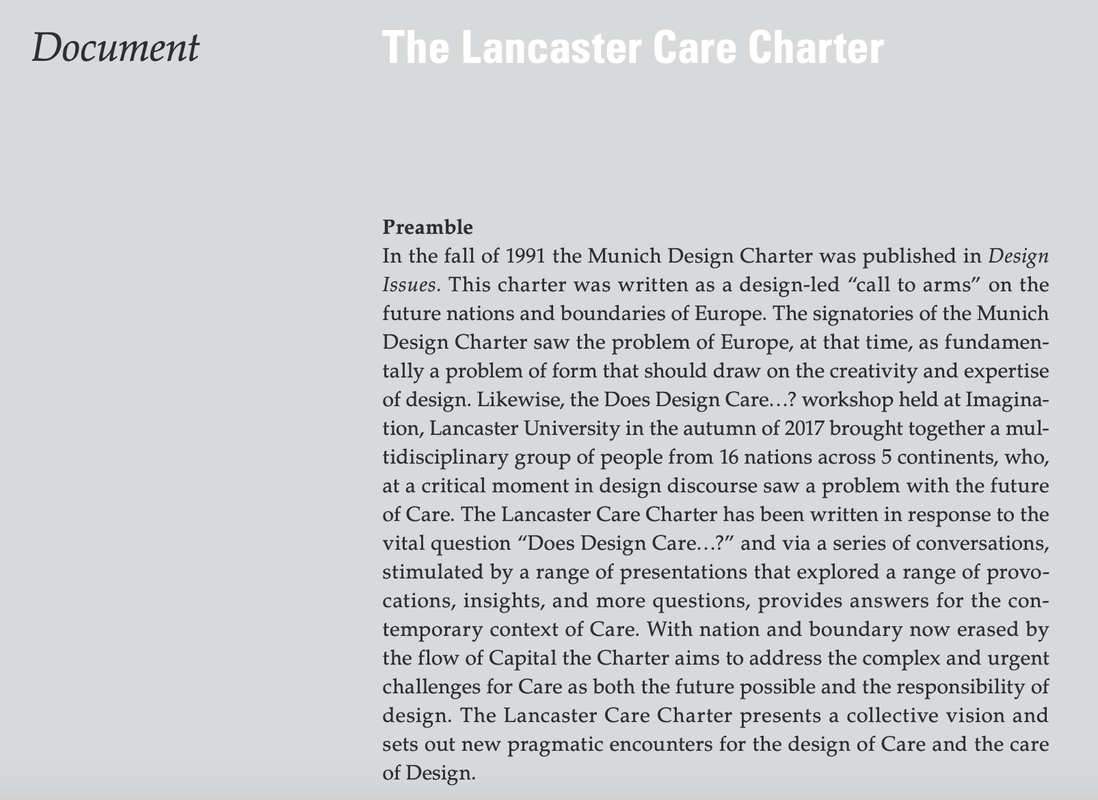
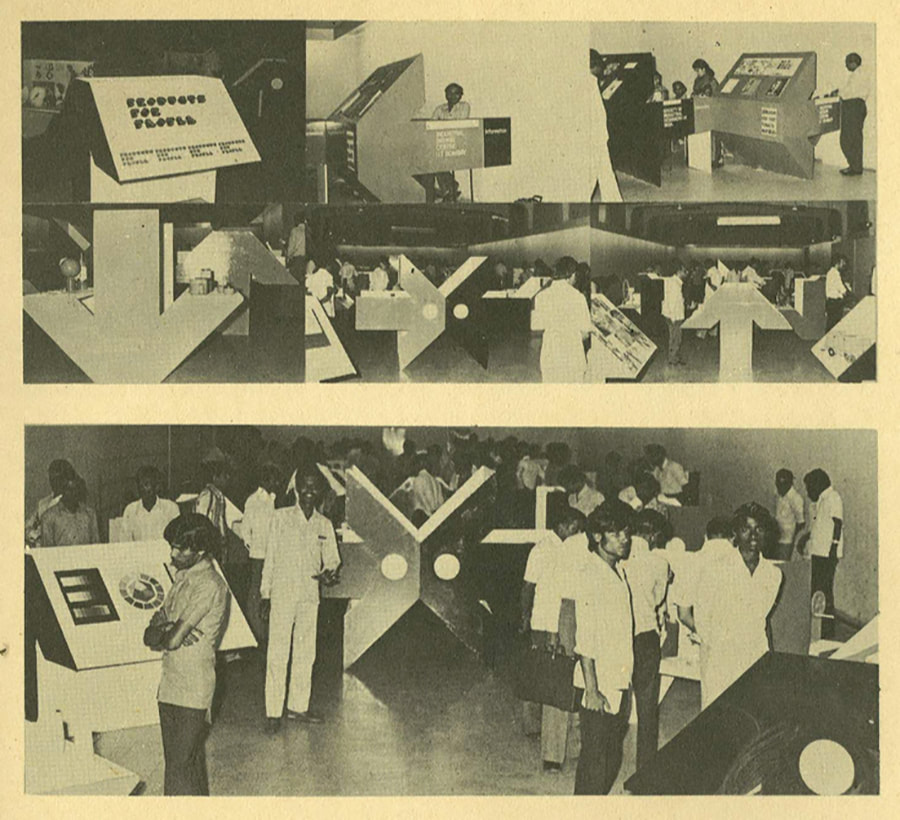
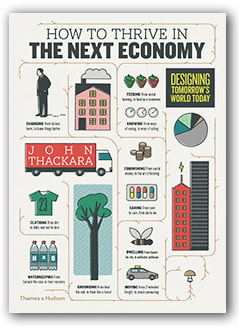
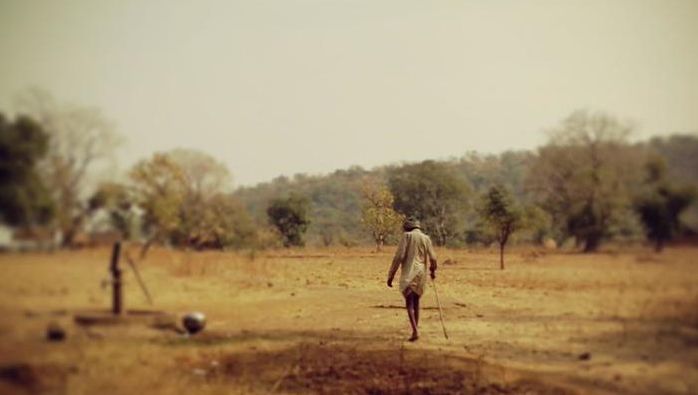
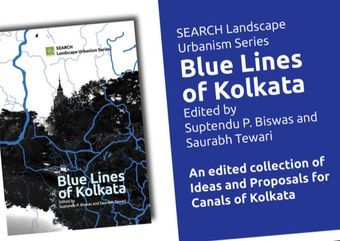
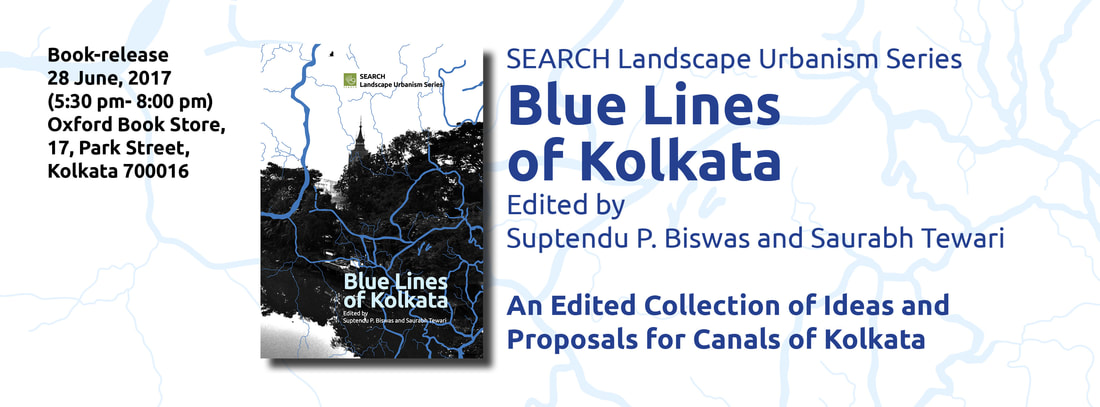
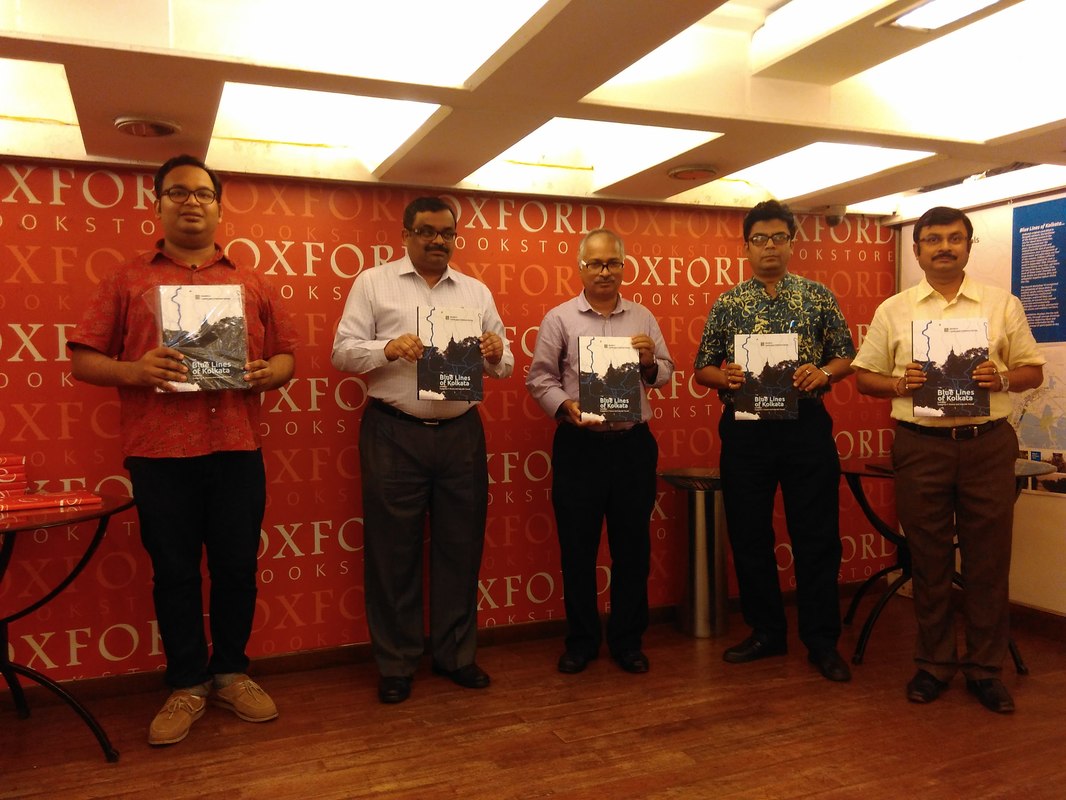
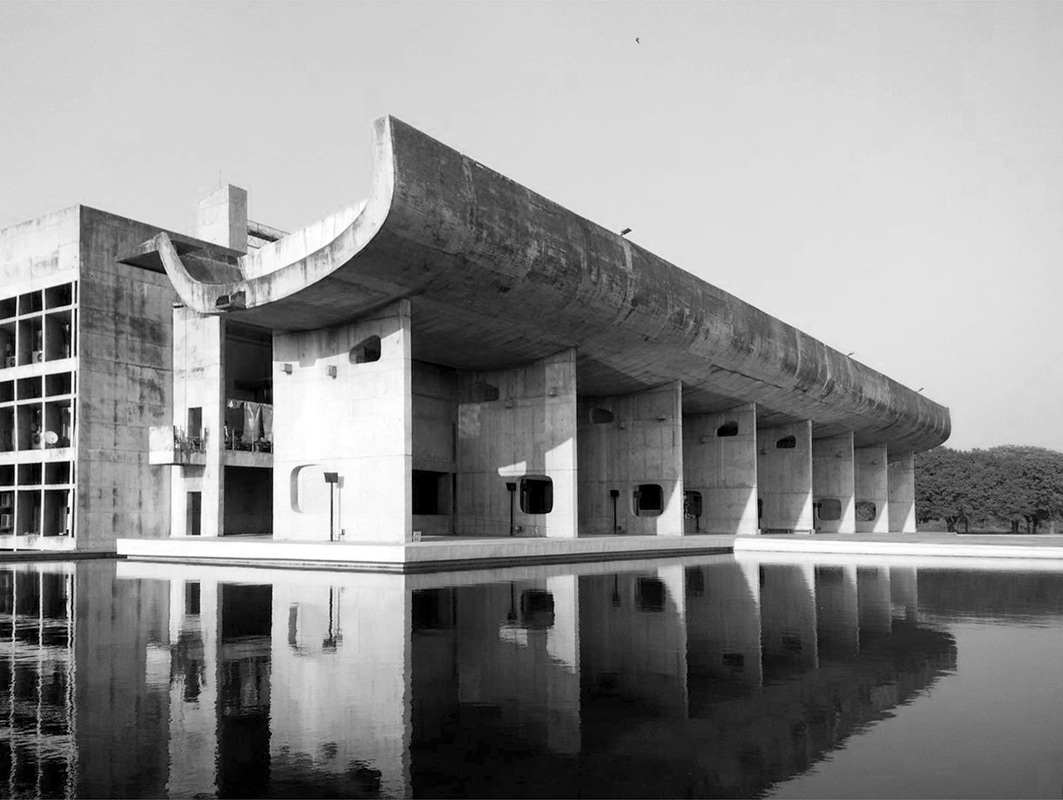

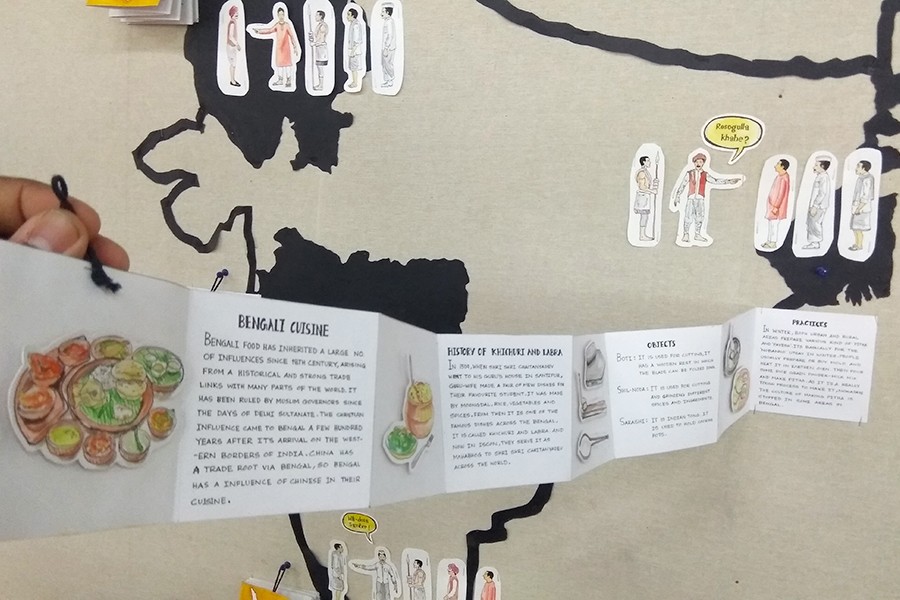

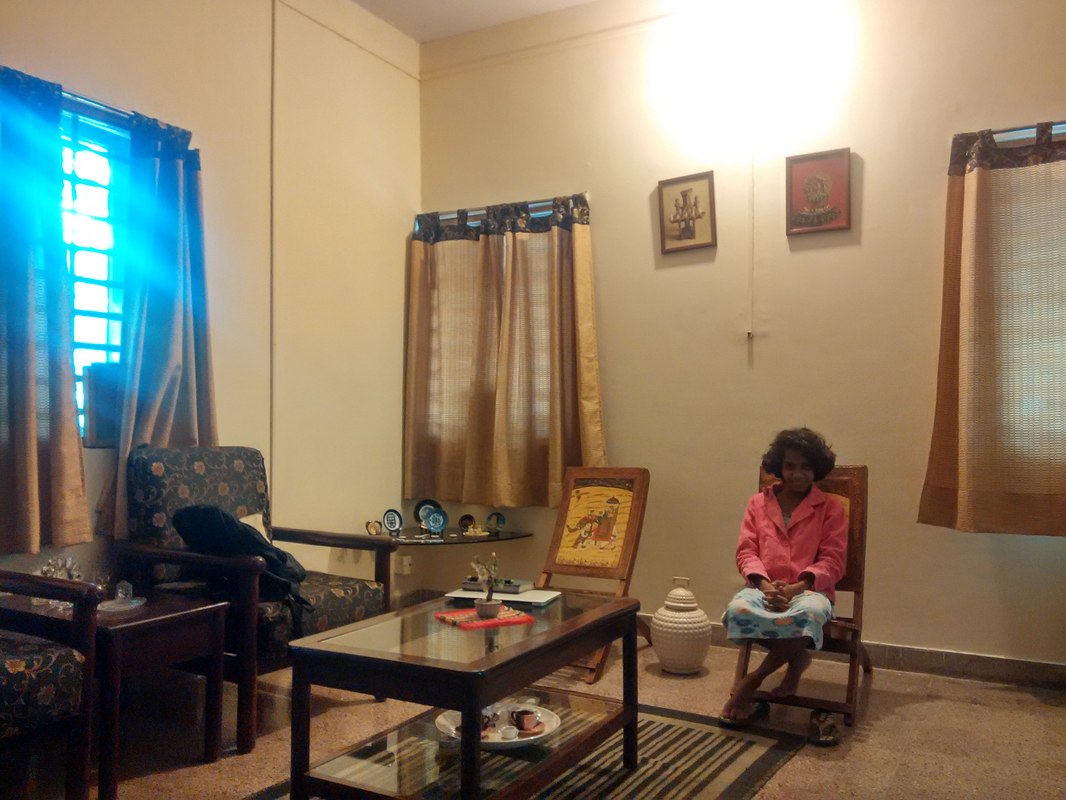
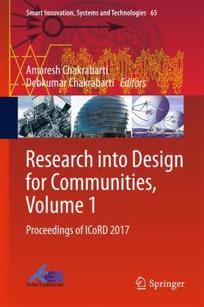


 RSS Feed
RSS Feed
